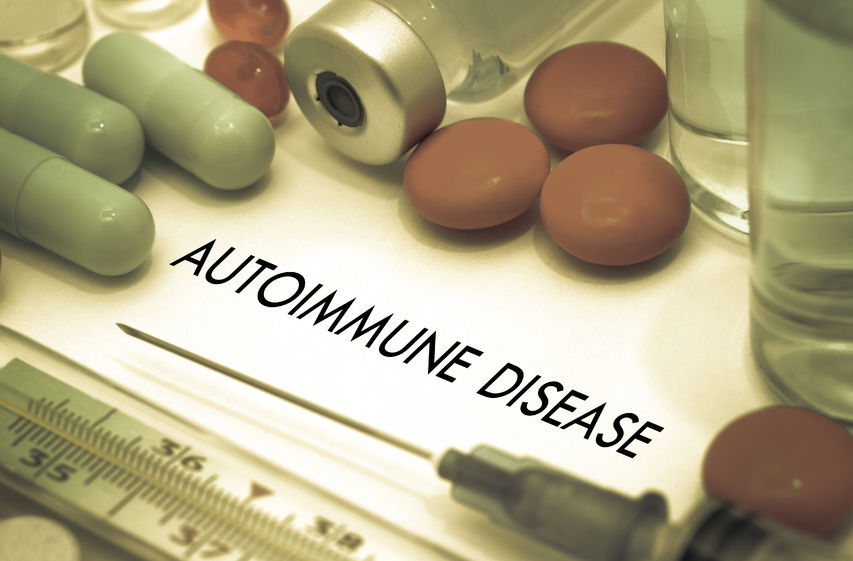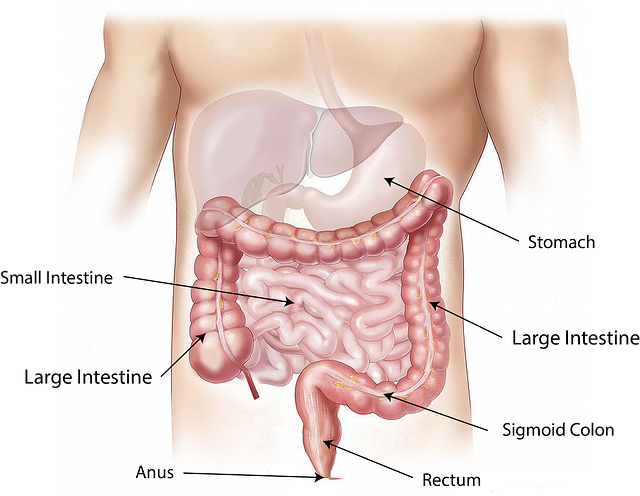What Foods Contain Gluten?
Receive a free 50+ page guide with gut rebuilding recipes and tips from 45 wellness experts, courtesy of gut health expert Summer Bock. Also check out her Better Belly Project 2.0.
What foods contain gluten? Prepare yourself: The list is long! In fact, I split it up into three lists to make this information easier for you to absorb.
When purchasing processed or packaged foods, always check ingredient labels. In many cases, it is easy to determine what foods contain gluten because their ingredient label contains the word “wheat,” “barley,” or “rye.” However, hidden sources of gluten can be tricky.
When eating out, assume that the less-than-obvious foods in these lists contain gluten—unless proven otherwise.
The following are the three lists that describe what foods contain gluten, which you must avoid if you have celiac disease or non-celiac gluten sensitivity (often shortened to “gluten sensitivity“):
- A List of Cereal Grains That Contain Gluten
- A List of Specific Foods and Categories of Food That Definitely or Might Contain Gluten
- A List of Additives That Might Contain Gluten
What Foods Contain Gluten: A List of Cereal Grains That Contain Gluten
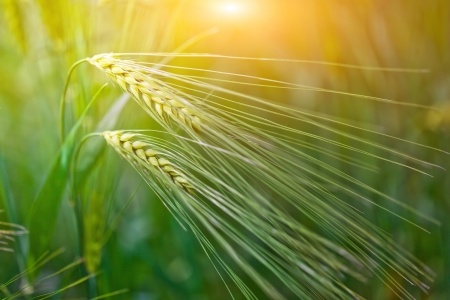
Technically, all cereal grains contain some form of gluten. Yes, even corn and rice. And some people with celiac disease or gluten sensitivity need to avoid them as well. It all depends on which forms of gluten you are sensitive to.
But the traditional advice for celiacs and other gluten-sensitive people is to avoid wheat, barley, and rye (and sometimes oats because of potential cross-contamination with wheat).
If you are following the traditional gluten-free diet, the following list includes the grains to avoid.
Just be aware that if you aren't healing as expected on the traditional gluten-free diet, some medical detective work might be in order. You might, in fact, need to go beyond the traditional gluten-free diet, and avoid consuming the other “gluten-free“ grains (corn, oats, millet, rice, and sorghum) —at least temporarily.
- Atta flour – A wheat-based flour used to make most South Asian flatbreads
- Barley – Any ingredient that contains the word “barley” should be avoided, for example, barley grass, barley malt, barley syrup, and sprouted barley
- Bulgur – A quick-cooking form of whole wheat, most commonly found in tabbouleh salad
- Couscous – A tiny pasta made of wheat or barley that is considered a staple in North Africa
- Dinkel – An ancient relative of wheat also known as spelt
- Durham wheat – The hardest of all forms of wheat and has high gluten content, commonly found in pasta
- Einkorn – Considered to be the oldest form of cultivated wheat, first grown over 10,000 years ago
- Emmer – An ancient form of wheat originally domesticated in what is now southeast Turkey
- Farina – A milled cereal grain typically made from wheat germ and the inner parts of wheat kernels, and most commonly served warm as a cereal food
- Farro – Encompasses three varieties of ancient grains: einkorn, spelt, and emmer wheat
- Graham flour – A form of whole wheat flour that is unrefined and unbleached, often used to make graham crackers and pie crusts
- Groats – Hulled or crushed grain, especially oats, but possibly wheat or rye
- Kamut – The trademarked brand of an ancient form of wheat called khorasan wheat
- Maida – A finely milled, refined, and bleached wheat flour made from the endosperm of the grain (the starch component)
- Mir – A cross between wheat and rye
- Oats – On the traditional gluten-free diet, typically not considered a gluten-containing grain, but often cross-contaminated with wheat, rye, or barley (unless certified gluten free)
- Rye – Typically used as a flour for making bread
- Semolina – Made from durum wheat; if pasta has an ivory color approaching yellow, it is almost certainly made from durum semolina
- Spelt – An ancient relative of wheat also known as dinkel
- Wheat – Any ingredient that contains the word “wheat” should be avoided, for example, sprouted wheat, wheat berries, wheat bran, wheat germ, wheat grass, and wheat starch
On an ingredient label, you might see wheat, barley, and rye in their Latin names. They are: Triticum vulgare (wheat), Hordeum vulgare (barley), Secale cereale (rye), Triticale (a cross between wheat and rye), and Triticum spelta (spelt, a wheat variety).
Pseudo grains such as amaranth, buckwheat, and quinoa are not grains. Rather, they are the grain-like seeds of broad-leafed plants. Unfortunately, these pseudo grains are sometimes cross-contaminated with gluten. Some experts recommend avoiding them as well for people who have celiac disease or gluten sensitivity, but many don't.
If you are eating pseudo grains and not healing as expected, it might be worth doing some medical detective work and removing them from your diet—at least temporarily. It might be that the brand you are eating is contaminated with gluten, but a different brand would work for you.
Or, it might be that these pseudo grains are hard for you to digest because your gut needs more healing time. In that case, you could try reintroducing them into your diet later.
What Foods Contain Gluten: A List of Specific Foods and Categories of Food That Definitely or Might Contain Gluten
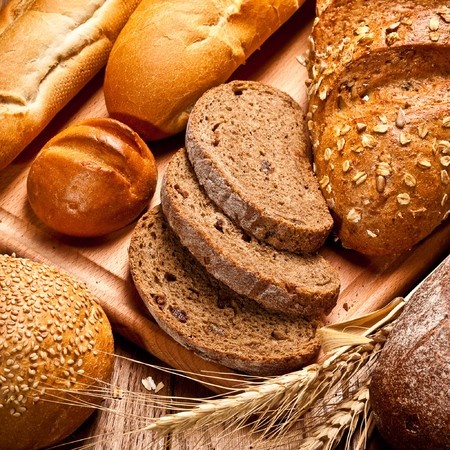
- Bacon – Check ingredients
- Beer – Unless gluten free
- Bleached or unbleached flour – Typically made from wheat, unless otherwise specified
- Bran – The outer layer of cereal grain, so possibly gluten free depending on the grain
- Bread, breading, bread flour – Typically made from wheat, unless otherwise specified
- Brewer's yeast – As a byproduct of beer
- Bouillon cubes – Check ingredients
- Cereals – Check ingredients but virtually all breakfast cereals contain a gluten-containing grain
- Condiments – Check ingredients
- Cookies, cakes, pies – Unless gluten free, but usually only if you bake them yourself!
- Communion wafers – Unless gluten free
- Crackers – Unless gluten free
- Croutons – Don't pick these off salads and then eat the salad; those crumbs can remain in the salad
- Donuts – Unless you make your own!
- Dry roasted nuts – Might be dusted with wheat; check with the manufacturer
- French fries – Usually fried in oil that previously was used for gluten-containing food
- Fu – Japanese wheat gluten
- Gravies – Usually contain a wheat-based thickener
- Hot dogs, sausages – Check ingredients
- Lunch meats – Check ingredients
- Malt, malt extract, malt flavoring, malt syrup – Although "corn malt" is traditionally considered gluten free
- Malted milk – Made from a mixture of malted barley, wheat flour, and whole milk, which is evaporated until it forms a powder; commonly used in malted milk shakes and malted milk balls
- Malt vinegar – Made from fermented barley but is not distilled
- Marinades – Check ingredients
- Matza, matzo, matzah – An unleavened bread traditionally eaten by Jews during the week-long Passover holiday
- Miso – Check ingredients
- Non-dairy creamer – Check ingredients
- Orzo – A form of pasta made from wheat, often served in pilafs
- Pasta – Unless gluten free, such as pasta made from rice
- Prepared foods – At grocery stores and salad bars; check ingredients
- Salad dressings – Check ingredients
- Sauces – Check ingredients
- Seitan – A meat-like food derived from wheat gluten that is used in vegetarian dishes
- Soups – Check ingredients, but most contain gluten
- Soy sauce – Contains wheat; wheat-free tamari and coconut aminos are good alternatives
- Stuffings – Unless you make your own gluten-free stuffing!
- Spice mixtures – Check ingredients
- Teriyaki sauce – Contains soy sauce, which contains wheat (an alternative is wheat-free tamari)
- Worcestershire sauce – Check ingredients
What Foods Contain Gluten: A List of Additives That Might Contain Gluten
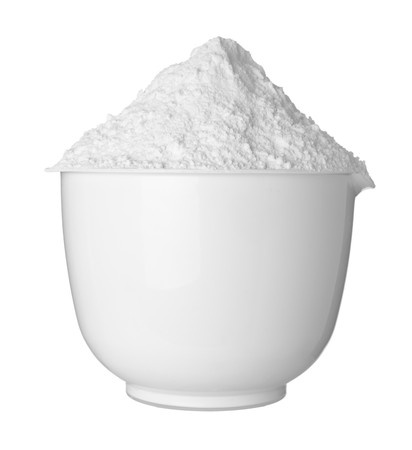 A bowl of baking powder
A bowl of baking powderTo determine whether the following additives contain gluten, you probably need to ask the manufacturer of the product in question. Sometimes, a manufacturer's web site provides more details about ingredients.
- Artificial colors
- Artificial flavors
- Baking powder – Contains a moisture absorption agent that is usually cornstarch, but could be another starch such as potato starch or wheat starch (note that wheat starch is considered gluten free)
- Dextrin – A thickening agent that might contain gluten
- Food starch
- Hydrolyzed plant protein
- Hydrolyzed vegetable protein
- Hydrolyzed wheat
- Modified food starch
- Natural flavors
- Seasonings
- Smoke flavors
- Textured vegetable protein
- Vegetable gum
- Vegetable protein
- Vegetable starch
For detailed information about food additives, check out the FDA's Overview of Food Ingredients, Additives & Colors.
Gluten-Free Diet FAQ > What Foods Contain Gluten?
